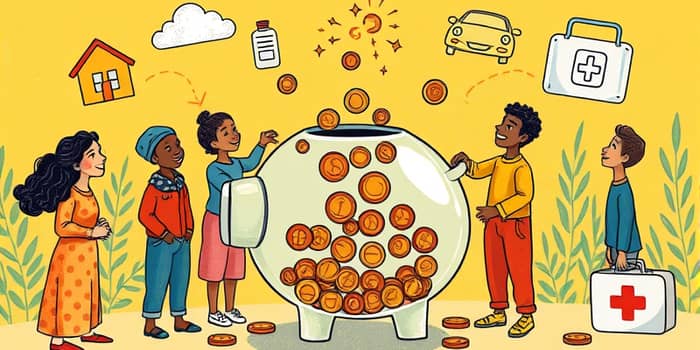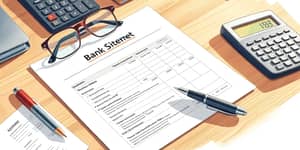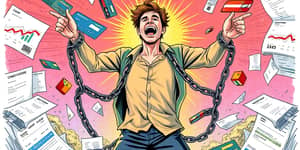
Building an emergency fund isn’t just good planning—it’s a pathway to lasting financial peace and resilience. In this comprehensive guide, you’ll discover practical strategies, real numbers, and inspiring insights to establish and maintain a robust safety net.
An emergency fund is a dedicated savings account or cash reserve set aside exclusively for sudden and unexpected financial expenses. It acts as a financial safety net to cover situations like medical emergencies, essential home repairs, job loss, or urgent vehicle maintenance.
Without this reserve, many individuals find themselves leaning on high-interest credit cards, personal loans, or even dipping into retirement accounts—moves that can jeopardize long-term goals and accumulate costly interest.
Financial experts unanimously agree that an emergency fund is a cornerstone of sound money management. Here’s why:
Prevents financial stress and anxiety when unexpected bills arrive. It reduces the emotional toll of facing tough decisions under pressure by providing a clear buffer against surprise costs.
Reduces dependency on high-interest loans or credit cards, which can spiral into long-term debt if balances aren’t paid off quickly. By handling emergencies with cash savings, you protect your credit score and avoid excessive finance charges.
Protects your retirement and investment accounts from being raided during a crisis. With a dedicated fund, you won’t have to compromise future security for present-day needs.
How large should your emergency fund be? The standard recommendation is three to six months’ worth of essential living expenses. This range accounts for unavoidable costs like:
For instance, if your household incurs $2,000 in monthly essentials, you’d aim for a fund between $6,000 and $12,000. However, personal circumstances can justify adjustments:
During times of economic uncertainty—such as a predicted 1-in-3 chance of a recession in the coming year—leaning toward the higher end of this range can provide extra reassurance.
Creating a substantial emergency fund can feel daunting, but with a clear plan and consistent effort, you can make significant progress:
Starting small is perfectly fine—contribute any amount you can regularly, then increase contributions over time, especially after raises or windfalls. Speaking of which, designate portions of tax refunds, bonuses, or unexpected gifts directly to your emergency fund.
Should you need to draw on your savings, prioritize replenishing after use before allocating funds to other goals. Discipline in reserving this fund for true emergencies only will ensure its resilience when you need it most.
An emergency fund isn’t a one-and-done project. As your lifestyle and expenses evolve, so should the size of your cushion. Review your essential costs annually and adjust your target accordingly.
Avoid using the fund for non-emergencies, such as vacations, gadgets, or routine upgrades. Maintaining a separate budget for planned discretionary spending will reinforce the purpose of your emergency reserve.
Finally, keep your fund accessible but not too easy to tap. Opt for an account that allows relatively fast withdrawals without penalties, yet isn’t just a few clicks away on your everyday banking app.
Establishing an emergency fund is more than a financial recommendation; it’s a declaration of self-reliance and preparedness. Whether you’re just starting your savings journey or looking to top up a half-funded cushion, the steps are straightforward and the benefits profound.
In a world where uncertainty can arise without warning, having a robust financial cushion empowers you to handle life’s curveballs with confidence. Commit to your plan today, and watch how this simple habit transforms stress into security and freedom.
References













